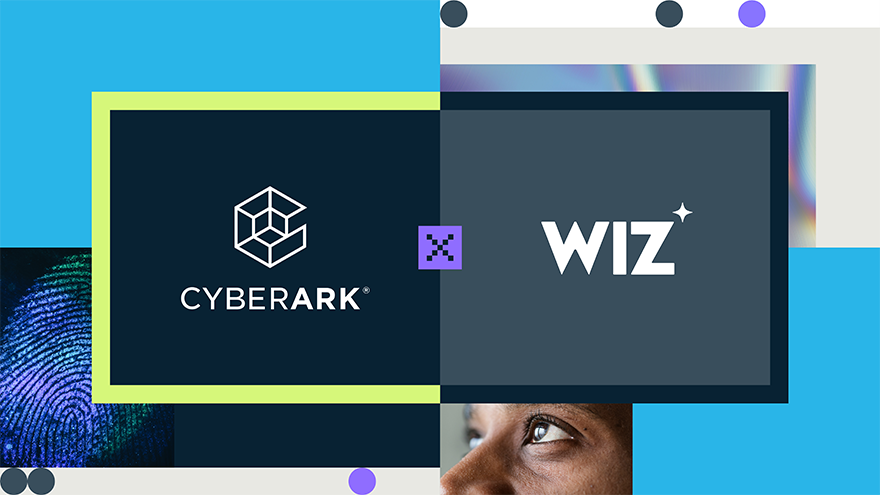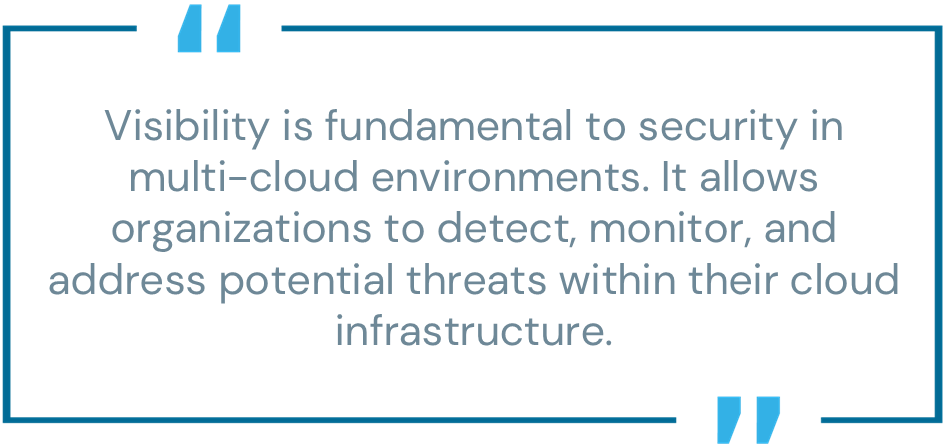
The adoption of cloud technology has transformed how organizations develop, deploy and oversee internal and customer-facing applications. Cloud workloads and services create efficiencies and introduce new access challenges. Multi-cloud environments—where organizations utilize services from multiple cloud solution providers (CSPs) like AWS, Google Cloud and Azure—offer exceptional flexibility and resilience but also present significant security challenges.
Critical among these is securing developer access while overseeing the vast multi-cloud infrastructure. In such settings, sustaining visibility and control over high-risk access developers use to build and scale applications is essential for minimizing risk without limiting developer productivity.
As organizations grapple with the intricacies of multi-cloud environments, finding and securing risky cloud access becomes paramount. Visibility into cloud environments allows users to identify problems, like excessive permissions, while controlling cloud access enables organizations to enforce permissions and fix vulnerabilities.
To help address these challenges, CyberArk and Wiz are partnering on new integrations to enhance multi-cloud security by improving visibility and control over privileged access for human and machine identities—without impacting the speed and scale of cloud development.
The Importance of Visibility in Multi-Cloud Security
Visibility is fundamental to security in multi-cloud environments. It allows organizations to detect, monitor and address potential threats within their cloud infrastructure. Without thorough visibility, security teams lack the necessary insights to prioritize security actions. A lack of visibility can also leave the organization vulnerable to undetected risks and possible security incidents. In a multi-cloud framework, visibility includes understanding available resources and assets, knowing who can access them and tracking usage patterns of entitlements and roles with high-risk levels.

This visibility challenge encompasses three essential components. To start, identifying the relationship and context of your cloud assets and the access risk levels related to these assets is the foundation of a secure environment. Untracked resources can quickly create security vulnerabilities. Next, visibility must extend to understanding identities, ensuring security teams know who—human or machine—has access to each asset.
Without centralized tooling, achieving end-to-end visibility in multi-cloud settings can take time and effort. The ease of provisioning cloud resources and launching new services can lead to a sprawl of identities, entitlements and credentials. Additionally, modern DevOps practices emphasize rapid deployment of updates and new features, often outpacing traditional security measures.
Consequently, applications and infrastructure evolve continually, making them challenging to monitor. Beyond identifying identities and access paths, security teams also need insight into resource relationships and dependencies to evaluate risks accurately. Many organizations rely on a blend of security tools to address these needs, but this approach can result in fragmented visibility, particularly across different cloud providers with unique protocols.
As deep visibility identifies problems and the complexity of managing security in multi-cloud environments becomes apparent, it’s equally important to focus on controlling access effectively. Once risks are discovered, they need to be secured.
Controlling Developer Access in Multi-Cloud Environments
Effective control over access in multi-cloud environments allows organizations to go beyond identifying vulnerabilities and secure cloud services and workloads. When discussing control, this encompasses permission management, ensuring only authorized users and applications can access specific resources. In complex cloud settings, developers often need elevated privileges to work within a cloud infrastructure and do their job, which creates challenges for identity security teams. Without comprehensive access controls, developers’ privileges can become a point of exposure, increasing the risk of privilege misuse or breaches from external compromise to developer identities.
The challenge of cloud-friendly access control is balancing security with developer productivity and innovation. Excessive restrictions can hinder workflows and delay development, while overly permissive policies increase risk. Implementing the principle of least privilege (PoLP) is crucial—granting users only the minimum level of access they need to perform their tasks. However, enforcing this principle is challenging in a dynamic cloud environment, where roles and functions change frequently. In addition to implementing least privilege, organizations must guard against privilege escalation. Attackers often target privileged access to gain unauthorized access to sensitive data, so limiting high-level access and implementing constant monitoring is essential.
Effective cloud security goes beyond visibility alone and requires tracking activity, which involves monitoring user actions, including configuration changes, data access patterns and network activity. Monitoring these activities enables security teams to detect unusual behaviors, often early indicators of potential threats.
Secrets management is another critical element of control in the cloud. Developers frequently use secrets, such as API keys and passwords, to access cloud resources—and failing to protect these secrets can result in unauthorized access. Lastly, human error remains a persistent issue in cloud security. Misconfigurations or accidental data exposure due to inadvertent actions are common causes of cloud security incidents. Providing proper training and implementing safety guardrails can significantly reduce these risks, helping developers maintain a secure environment as they work.
Recognizing the need for a user-friendly approach to access control can significantly enhance security measures in multi-cloud environments.
TEA: A Modern Approach to Access Control for Developers
Given the dynamic nature of cloud environments, traditional security solutions often need help keeping pace. An approach focused on time, entitlements and approvals (TEA) offers a modern and flexible way to manage access control in cloud environments, providing the necessary security without impeding developer agility.
The TEA approach involves three core components:
1. Time: Ensures access is granted only for a specific period, automatically revoking it once the task is complete. This temporary access minimizes the risk of privilege escalation by limiting the time window for potential misuse.
2. Entitlements: Reflects the principle of least privilege by providing only the minimum permissions needed for the specific task. This step prevents over-privileging, reduces the attack surface and prevents lateral movement.
3. Approvals: Involves establishing a formal approval process, which may be automatic or manual depending on context, to access sensitive resources. This reduces risk by ensuring that users only access the resources they need. Automating these processes also removes the operational burden of “approval fatigue,” which can often lead to errors from overwhelmed teams.
When combined with zero standing privileges (ZSP), where no user has default access to sensitive resources, the TEA approach dramatically reduces the potential attack surface by ensuring that all access is explicitly granted and approved rather than assumed by default.
Beyond adopting the TEA model, implementing best practices to support and sustain these security strategies will further strengthen an organization’s security posture.
Securing an Agile Multi-Cloud Future
Securing developers in a multi-cloud environment requires an approach that balances visibility, control and agility.
For this reason, CyberArk is excited to announce its strategic partnership with Wiz.
Together, CyberArk and Wiz provide advanced cloud security solutions by combining CyberArk’s access control with zero standing privileges and Wiz’s deep cloud insights across major platforms. The collaboration delivers robust cloud security solutions, providing deep visibility and effective remediation by applying the right level of intelligent privilege controls for human and machine identities. By integrating these strengths, CyberArk and Wiz can help businesses proactively manage and mitigate risks of overprivileged cloud identities, secure critical digital assets and support sustainable security practices in dynamic cloud environments.
Visit the CyberArk Marketplace to unlock complete visibility and control with CyberArk Secure Cloud Access.
Matt Demmler is vice president of Cloud Security at CyberArk.





















